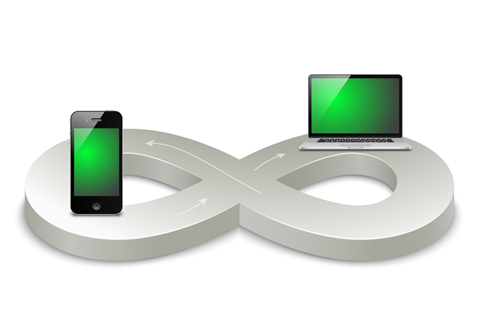The modern day economy is a funny thing. So many things are given away for free (or ‘free’ in the sense that you’re paying with eyeballs on advertising but not literal money) and while there are more jobs for the creative class (such as in audio editing) those jobs tend to pay significantly less than in the ‘old days.’ Plus, there’s a perception that with computer programs anyone can perform a service like audio editing. As many people rushing to jump on the Podcast bandwagon have discovered, though, there’s a lot more to editing audio in a Podcast than meets the eye. And if that Podcast is destined to be uploaded to YouTube with some sort of visual background, professional audio editing becomes even more vital.
Smoothing Things Out
The first issue with Podcasts is that very few people have what’s termed a ‘Radio Voice’ – that smooth delivery, even in impromptu moments, without hems or haws or breath sounds. Most Podcasters are amateur enthusiasts on a subject, and as amateurs they don’t really know how to work with a microphone to avoid breath sounds, clicks, and pops. The first order of business for an audio editor is to remove these little imperfections to create the illusion that the speaker is silver-tongued and never has to use the extended, zen-like ‘Um,’ while collecting their thoughts.
Removing these sorts of pauses and sounds can be time-consuming and a little maddening, and the key is to leave in a natural amount of space – simply deleting every moment a Podcaster says ‘Um’ can leave their presentation sounding unnatural as they jump from one word to the next.
Removing Noise and Increasing Quality
If the Podcast has been recorded using decent hardware and at a decent quality level, the audio editor will have a lot of breathing room to work with. But not all Podcasts are created equally, and even good-quality hardware can be defeated if the recording location is chosen poorly and becomes polluted with ambient noise.
The second order of business for an audio editor then is to identify two types of noise and eliminate it. The first is background hums and hiss, which can usually be eliminated using a simple filter that samples some of the hiss and then removes it automatically. However, care must be taken to ensure that these filters don’t leave the voices sounding flat or distorted if the algorithms are applied too aggressively.
The next step is to scan the recording for intrusions, like traffic noise or people walking by. This can be much more challenging to remove, especially when it steps on the spoken words.
Size Matters
Finally, be sure to trim silence off the beginning and end before adding in intro music or other sound effects, and when outputting the file for upload to YouTube or any other platform consider the bitrate carefully. Many Podcasts are downloaded, so keeping the final file size small is a good idea, but don’t go so lo-fi that the sound quality suffers. Voice is very forgiving, however, so you can dip as low as 160kbps without noticeable distortion.
Podcasts continue to be very popular – so know how to handle them or be left behind!
– VideoCaddy
Video Caddy




